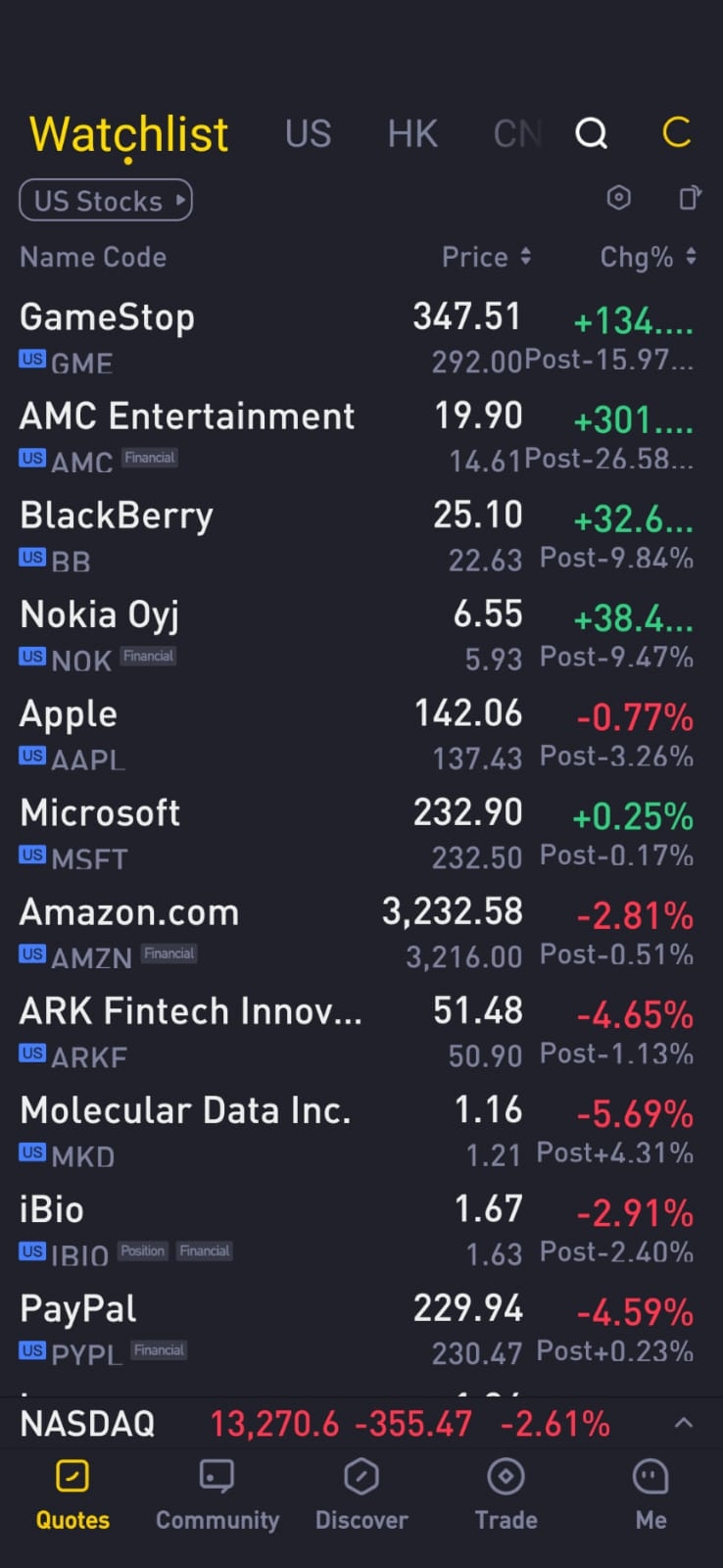
CTM
No personal profile
53Follow
8Followers
0Topic
0Badge
Very bad
The Financial Crisis the World Forgot
What !
US Daylight Saving Time
Awesome
Apple Will Lead in AR, Analyst Says. Watch for Its Helmet, Glasses, and Contact Lenses.
It is good time to buy
Palantir plunged more than 13%
Like and write a comment here thank you
Sorry, the original content has been removed
Coins !
Sorry, the original content has been removed
Fly fly fly
Sorry, the original content has been removed
Buy buy buy//@CTM: Elec car
Sorry, the original content has been removed
Elec car
Sorry, the original content has been removed
Really?
Sorry, the original content has been removed
I need comment response also. Thanks
Chinese grocery app Xingsheng Youxuan raises $2 bln in new funding round - sources
Good
Sorry, the original content has been removed
Wah !
Sorry, the original content has been removed
Cool
Sorry, the original content has been removed
Good
Here's the formula for spotting genuinely undervalued companies, claims this investment house
Walao eh!
Signify Health Announces Pricing Of IPO
Good
Sorry, the original content has been removed
Stay ! Stay !. .
@CTM:$FORTRESS MINERALS LIMITED(OAJ.SI)$vol so little!
$FORTRESS MINERALS LIMITED(OAJ.SI)$vol so little!
Go to Tiger App to see more news